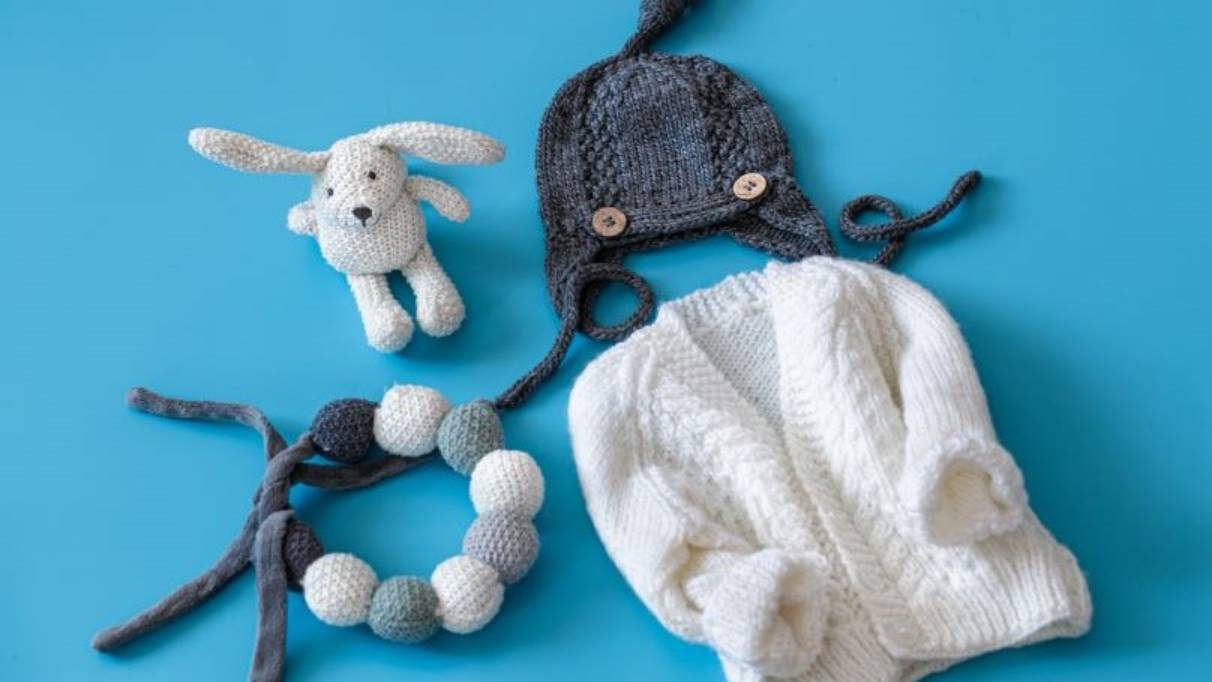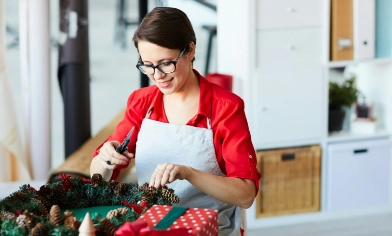Second-hand is increasingly the first choice
Buying children’s clothes and toys second-hand is becoming more and more popular for parents in the UK. A massive 93% of them shop for second-hand items for their kids, according to a 2025 study commissioned by Post Office1.
As a result, selling clothes online has become a great way for parents to make some extra money on their children’s old belongings. As many as 72% say they sell preloved clothes and items online, making on average £195 per year from doing so.
But while 45% of parents say they buy or sell secondhand to save money, decluttering the home is also a key motivator. Reducing waste and supporting sustainability is a key factor in the decision for 32%.
Whatever the reason for selling second-hand goods, this guide will help you sell your kids’ clothes successfully. We’ve covered platforms to sell on, how to prepare items for sale and manage listings, plus making shipping and delivery as painless as possible.
Which selling platform should I use?
There are lots of online platforms where you can sell your kids’ preloved items. The right one for you will depend on what you’re selling, how hands-on you want to be and how much time you have.
Here are some of the most popular options.
Vinted
Vinted is a favourite among parents, with over half (52%) of parents saying they buy second-hand items. It’s free to list and there are no selling fees, making it ideal for low-cost kids’ clothes and toys. Buyers usually cover postage, and you can manage everything through the app.
Read more about how to sell on Vinted
eBay
eBay is great for reaching a wide audience, especially for branded items, bundles, or higher-value products like prams or tech. eBay is also a popular choice among parents, with 45% saying they buy second-hand goods on the platform. There are selling fees, but you have more control over pricing, auctions and delivery options.
Read more about how to sell on eBay
Facebook Marketplace
Facebook Marketplace is perfect for larger items like cots, bikes or furniture you’d rather not post. You can sell locally, avoid postage costs and arrange collection directly with buyers.
Depop
Although it's more known for trendy adult fashion, Depop is good for branded kidswear, especially if you’re targeting stylish, eco-conscious parents.
Preparing items for sale
Once you’ve decided what you’re going to sell and where, there’s a few steps you can take to make selling items online quicker, easier and even help you get more money.
-
Take good, clear photos: Photos are the first thing people notice, so it’s important to make sure yours are clear. Use natural light and show your item from different angles. Avoid any distractions in the background. Make sure the pictures are sharp and show any important details
-
Repair your goods before you sell them: A clean, working item looks better and builds trust with buyers. So it’s worth fixing small issues like loose screws, missing buttons or scuffed surfaces if you can
-
Write an honest description of the product: Describe your item clearly. Mention the brand, size and condition. Be honest about any flaws, as buyers appreciate honesty and will be less likely to return items
-
Set an appropriate price for your product: Check what similar items are selling for. Set a fair price that reflects the item’s condition and value. If you’re flexible, let buyers know you’re open to offers
Managing listings and communication
Good communication can make a big difference when you’re learning how to sell clothes online for the first time. Being active and responsive helps build trust and keeps your sales moving smoothly.
-
Respond quickly to messages: Buyers often contact several sellers. Replying quickly shows you’re reliable and interested in making a sale. Even a short message can keep the conversation going
-
Negotiate offers politely: Some buyers will offer less than your asking price. That’s normal. Be polite and open to fair offers, but don’t be afraid to say no if the price is too low
-
Watch out for scams: Be careful of messages that seem strange or ask for personal details. If something feels off, like a buyer offering to pay outside the platform or asking for bank info, it’s best to avoid the sale
Making postage and delivery easier
Once your item’s sold, the final step is getting it to the buyer. This part doesn’t have to be difficult. In fact, many platforms offer tools to make postage and delivery simpler.
Most selling platforms now let you print postage labels at home. Some even include postage as part of the sale. This means you won’t need to work out shipping costs or pay separately for delivery.
If your selling platform includes paying for postage online as part of the sale, you may be able to adjust the settings in its web version or app so everything you sell is sent with couriers available at a convenient Post Office location. That way you can drop all your parcels off in one place, saving time, especially if you’re selling and sending lots.
If it’s not already covered in the sale, you can buy postage online or choose from a range of posting services available at Post Office branches. Just ask the team there if you need some help.
Packing your items securely is also important. Use strong, clean packaging and make sure breakable items are wrapped well. Always keep proof of postage and, if you’re posting valuable items, consider adding tracking or insurance for extra peace of mind.
By planning ahead and knowing your postage options, you can make the whole process quicker and smoother. And you can spend less time worrying about shipping and more time freeing up space and making money from your kids’ old stuff.






